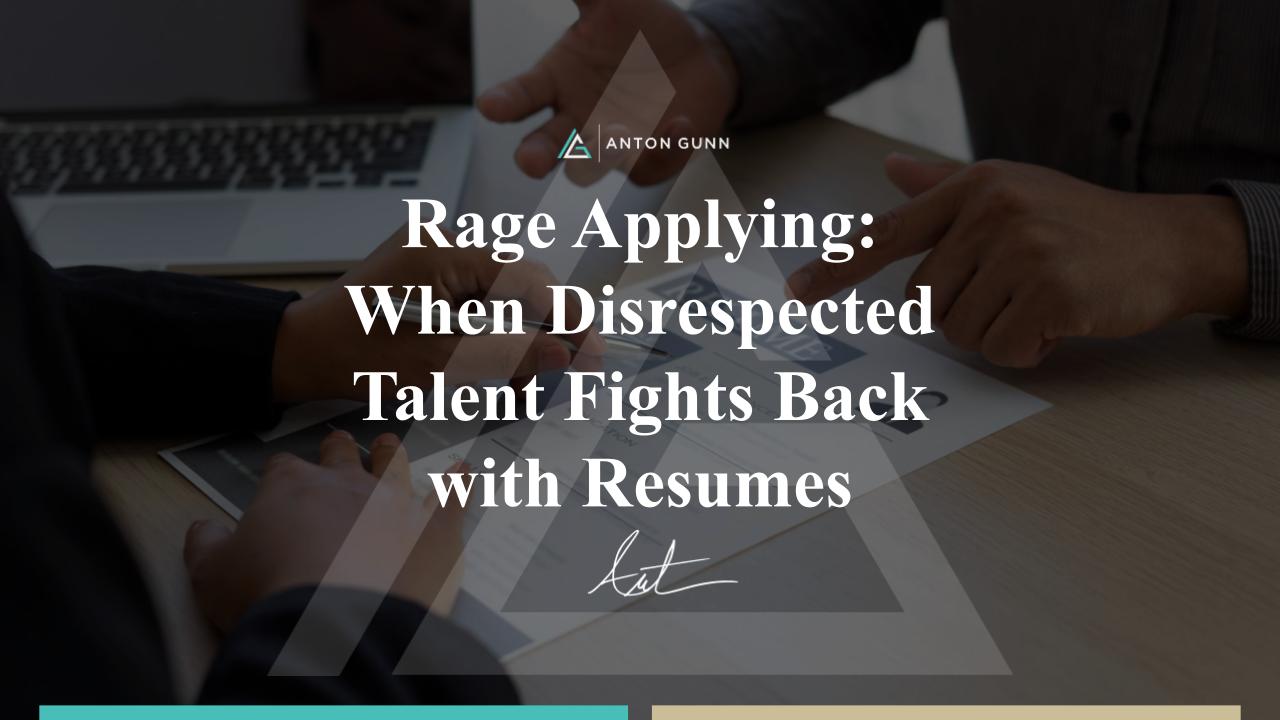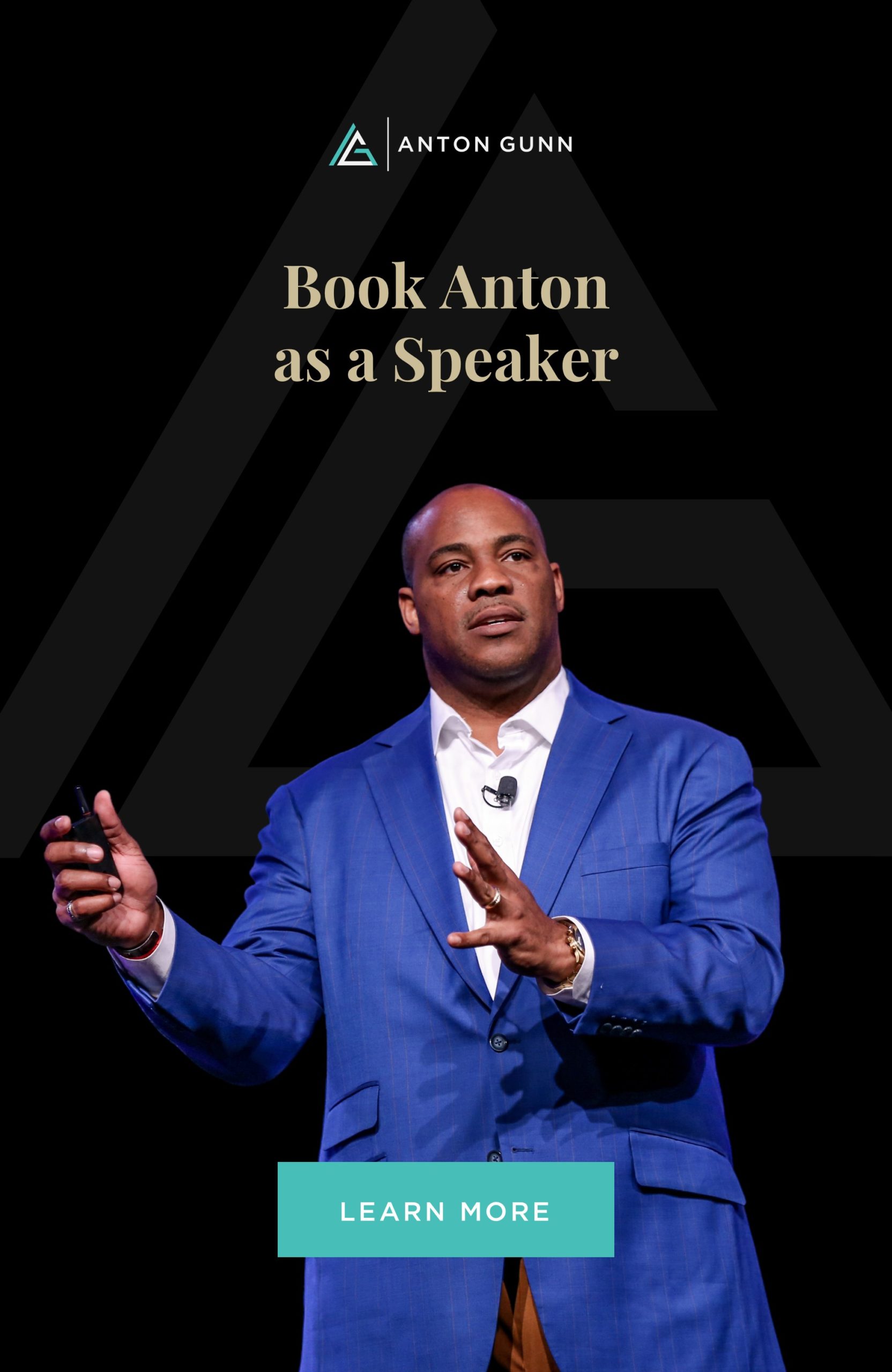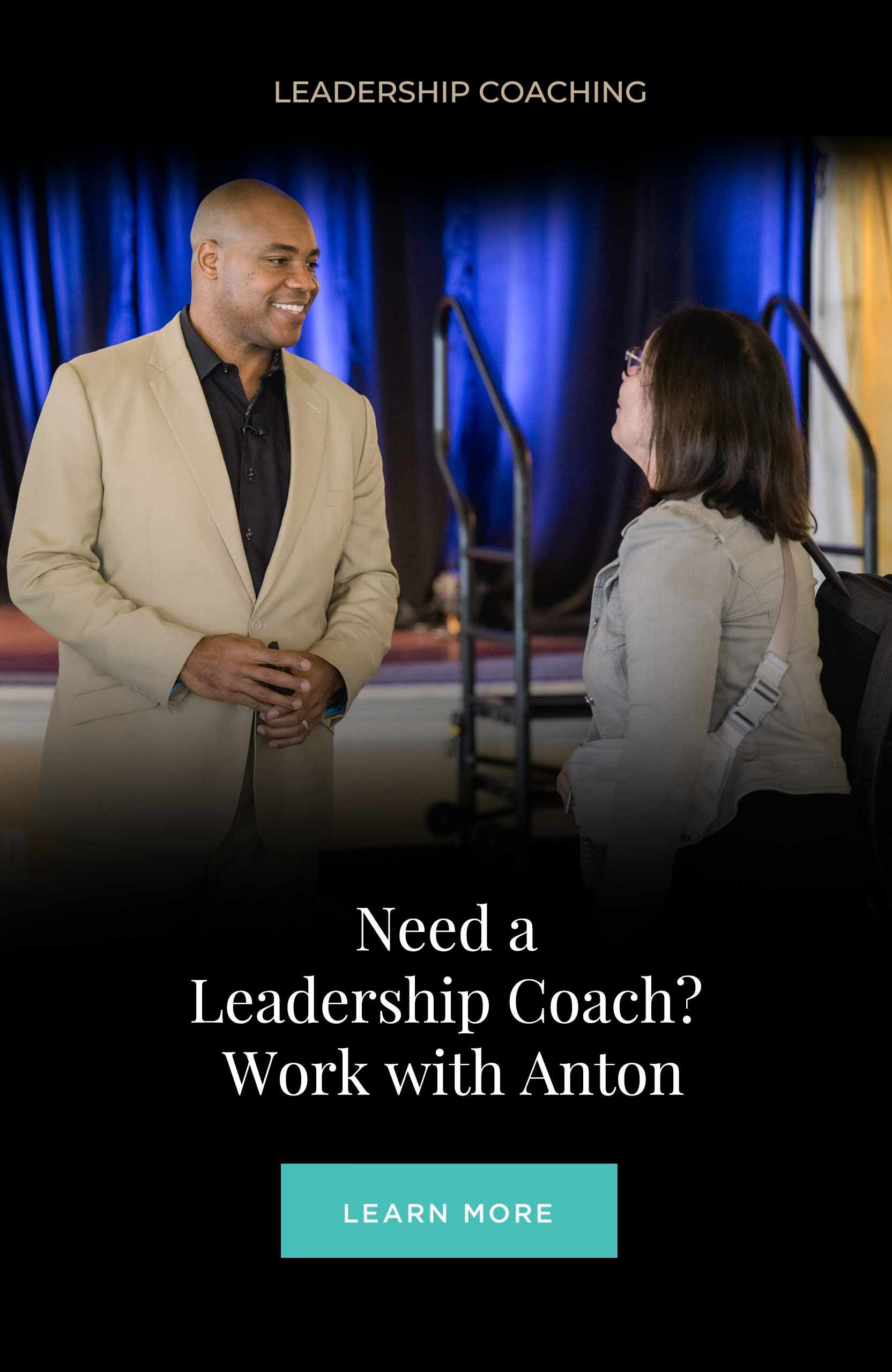After a tense performance review, your top project manager walks back to their desk, opens LinkedIn, and applies to 15 jobs in 20 minutes. Not because they want to leave—but because they’ve had enough.
That’s rage applying. And it’s not a TikTok trend—it’s a leadership problem.
In a high-stakes work environment, people don’t leave first with their feet. They leave with their frustration. Rage applying is how that frustration gets expressed. And by the time you notice it, you’re already behind.
What Is Rage Applying?
Rage applying is the impulsive act of submitting multiple job applications after feeling disrespected, undervalued, or mistreated at work. It’s not a carefully crafted career move—it’s emotional relief in digital form.
Unlike a strategic job search, rage applying is fueled by a breaking point. A moment when an employee feels unseen, unheard, or unimportant—and decides they won’t sit quietly any longer.
A Real-World Example: Marcus
Take Marcus, a high-potential project manager at a mid-size consulting firm. He just delivered the most successful Q1 in company history—on time, under budget, and exceeding every KPI.
Then came his performance review.
Instead of praise, he got vague feedback: “You did okay, but let’s see more consistency.” No raise. No bonus. No development plan. Just an offhand remark about “being grateful to have a job in this economy.”
That night, Marcus updated his résumé, applied to 18 jobs, and posted a candid review on Glassdoor. By Monday, his inbox was full of recruiter messages.
And his current employer? They had no idea they were about to lose their best performer.
Why Rage Applying Hurts Business
You might think rage applying is just a personal response—but its impact hits your bottom line hard:
- Damaged employer brand: Negative Glassdoor posts and whispered warnings spread fast.
- Sudden morale drops: Others on the team start asking, “If Marcus can’t get recognition, what chance do I have?”
- Costly turnover: You lose high-value talent and the institutional knowledge they carry.
- Broken trust: Once your team senses that good work isn’t rewarded, motivation collapses.
Remember: great employees don’t just want a paycheck. They want purpose, praise, and a path forward. When those are missing, rage applying fills the void.
How to Spot Rage Applying Before It’s Too Late
Here are some early warning signs:
- Unusual LinkedIn activity: A flurry of profile updates or new recommendations.
- Withdrawal from team discussions: Quiet quitting’s cousin—detachment without explanation.
- Increased PTO requests or disengagement: They’re mentally checking out before the badge comes off.
If you’re only checking in with your people during annual reviews, you’ll miss these signals entirely.
How to Prevent It
You don’t need superpowers to stop rage applying—you just need intentional leadership. Here’s where to start:
- Conduct stay interviews quarterly. Don’t wait for the exit interview to learn what’s broken. Ask what keeps people here—and what might push them out.
- Build a transparent career progression model. If your top talent can’t see a future at your organization, they’ll go looking for one somewhere else.
- Celebrate wins publicly and specifically. Recognition is oxygen. Don’t hoard it. Feed your team with regular praise tied to outcomes.
Remember: burnout doesn’t always come from too much work. Often, it comes from too little appreciation.
If You Suspect Rage Applying Is Already Happening…
Here’s how to course-correct before it’s too late:
- Schedule a direct and empathetic check-in. Ask questions, not just about work—but about how they feel at work.
- Own your leadership gaps. If you’ve overlooked contributions, say so. If the feedback was vague, clarify it. Accountability builds trust.
- Offer a development plan. Show them you see their potential and are willing to invest in their growth.
Repairing trust isn’t about grand gestures. It’s about being real, being present, and being willing to do better.
🎁 Free Resource: Rage Applying Prevention Toolkit
Download the Rage Applying Prevention Toolkit to get:
- Proven stay interview questions
- Conversation guides for re-engagement
- Action planning templates for team alignment
Lead with courage, not confusion.
Don’t Wait for the Exit Interview
If your leadership model relies on hoping people will speak up before they check out, you’re already at risk. Rage applying is just the latest symptom of a bigger problem: disconnected leadership in a high-pressure world.
The best leaders today don’t wait to be surprised. They create systems, relationships, and conversations that prevent surprises altogether.
Call-to-Action:
Want to know what’s simmering beneath the surface in your organization?
✅ Book a leadership audit with Anton today.
✅ Rebuild the trust that talent retention depends on.
✅ Stop rage applying before it starts.
Visit AntonGunn.com to learn more.







